Native American Heritage Month
This month Michigan Memories is honoring Native American Heritage Month. We've included some research questions to help teachers who might like to use them in their classrooms.
Michigan is fortunate to have a special guide to resources for teaching students about Anishinaabe culture. We provide a link and share some pages from it below.
Maawndoonganan
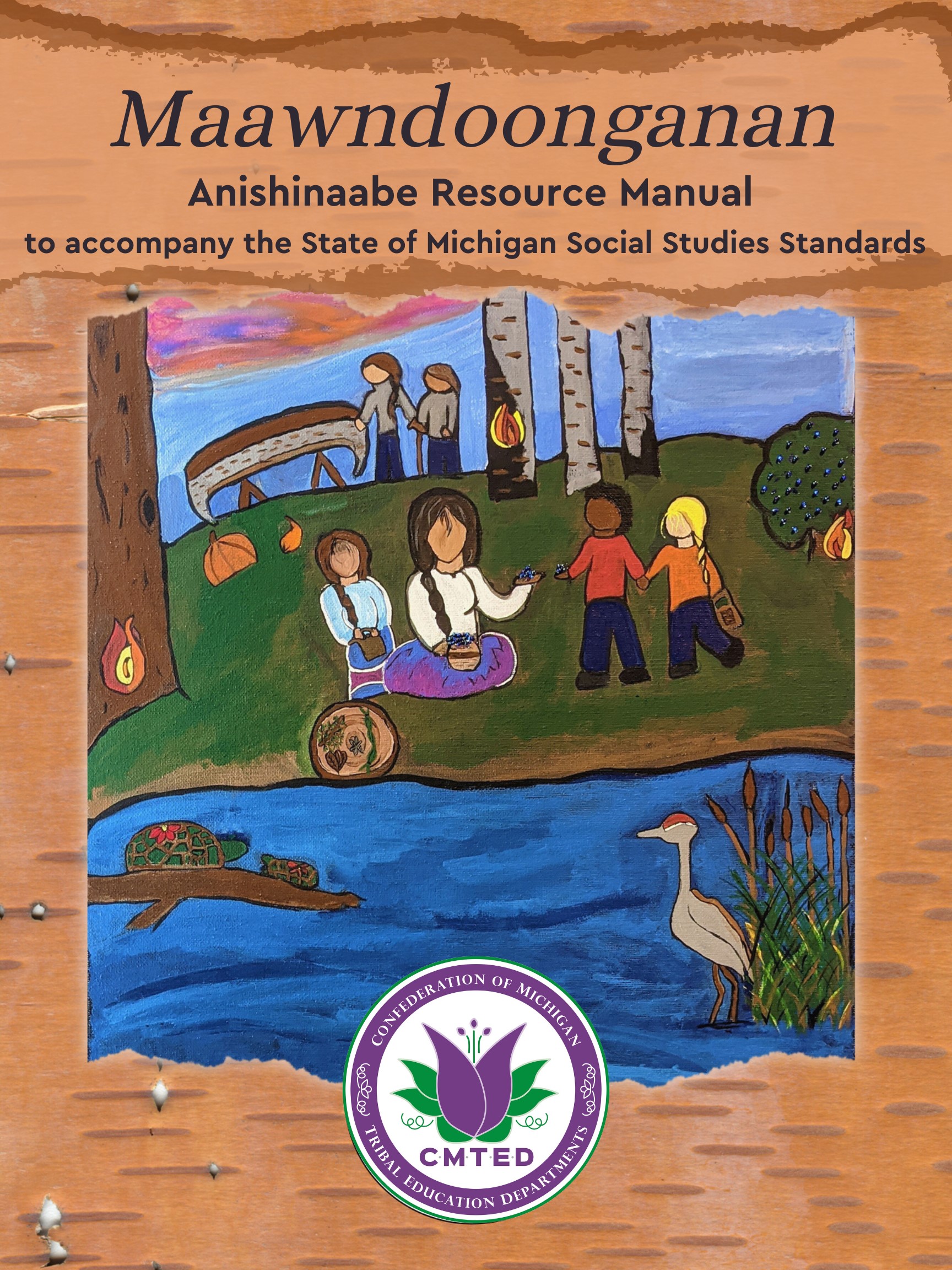
Maawndoonganan is endorsed by the Confederation of Michigan Tribal Education Departments (CMTED) cmted.org
Please see the CMTED's website for more information. Another helpful resource is the Indigenous Education Initiative (https://www.michigan.gov/mde/resources/indigenous-education/mde-indigenous-education-initiative)
Source: https://www.michigan.gov/mdcr/-/media/Project/Websites/mdcr/brochures/dei/Anishinaabe-Resource-Manual.pdf
Preferred Language Pyramid
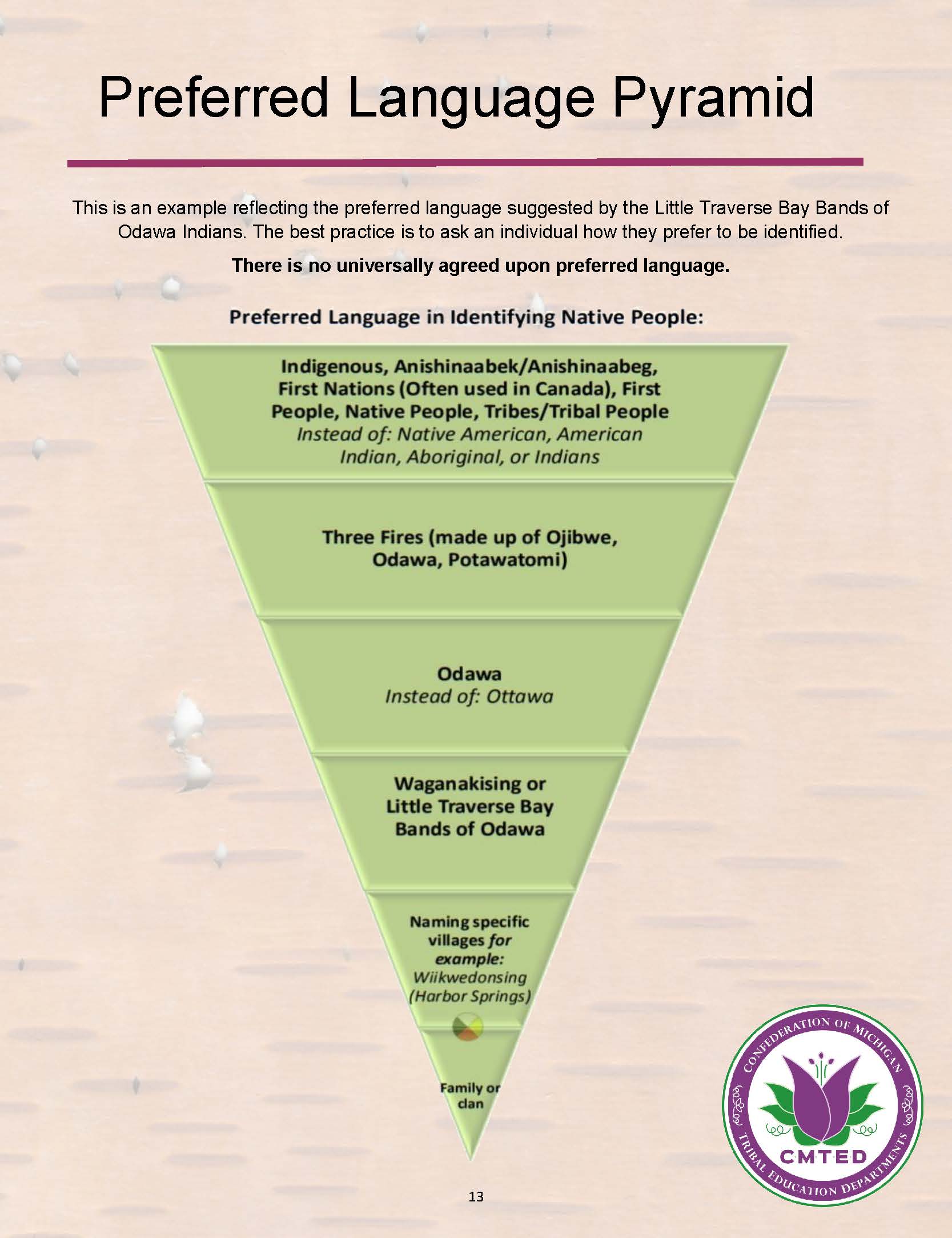
This excerpt from Maawndoonganan: Anishinaabe Resource Manual to accompany the State of Michigan Social Studies Standards can be helpful when discussing the history and heritage of Native people in the Michigan region.
Federally recognized tribes in Michigan
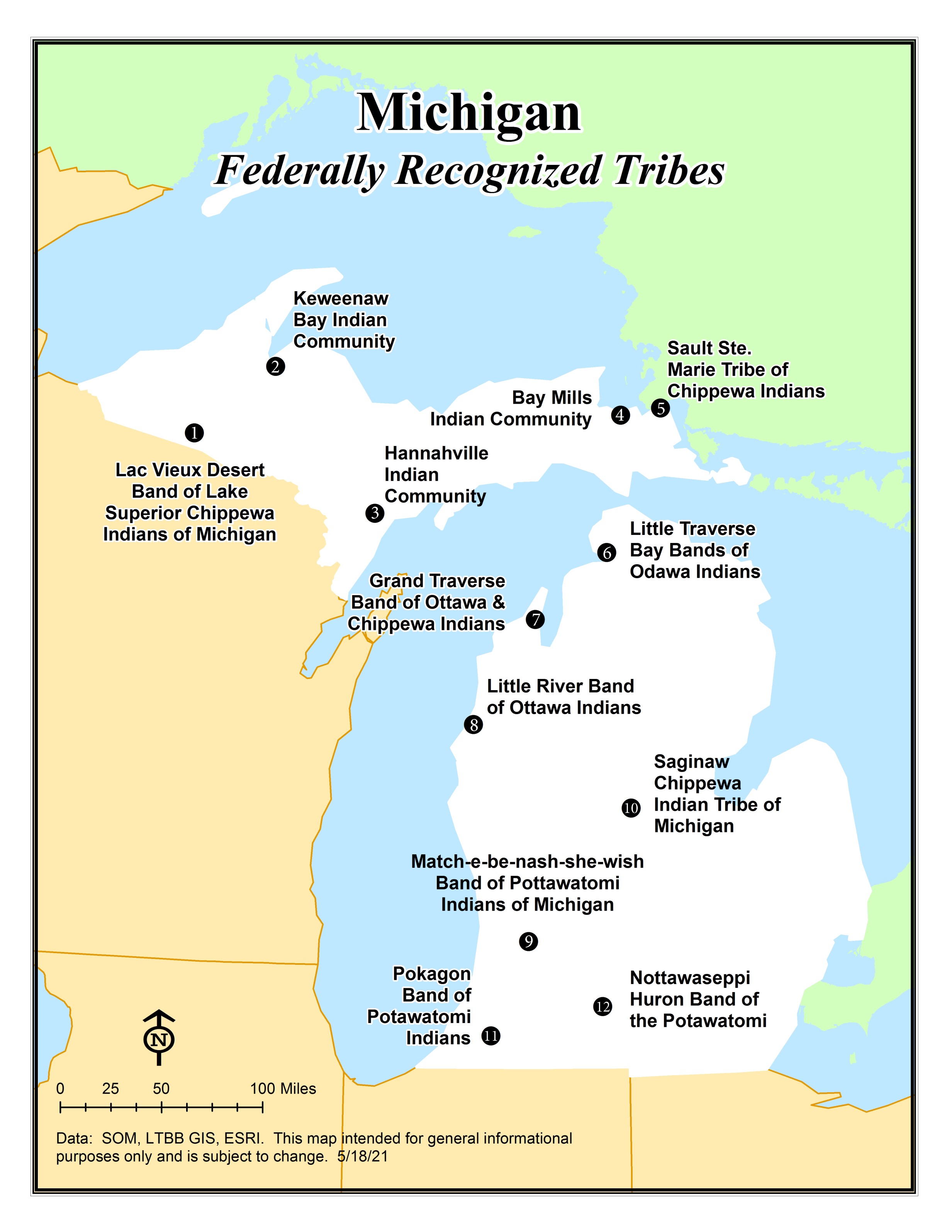
This is another excerpt from Maawndoonganan: Anishinaabe Resource Manual to accompany the State of Michigan Social Studies Standards can be helpful when discussing the history and heritage of Native people in the Michigan region.
A list of contact information and websites with a wealth of heritage information can be found at: https://www.michigan.gov/mdhhs/adult-child-serv/native/overview/federally-recognized-tribes-in-michigan
Traditional Dancer at the Dance for Mother Earth Powwow
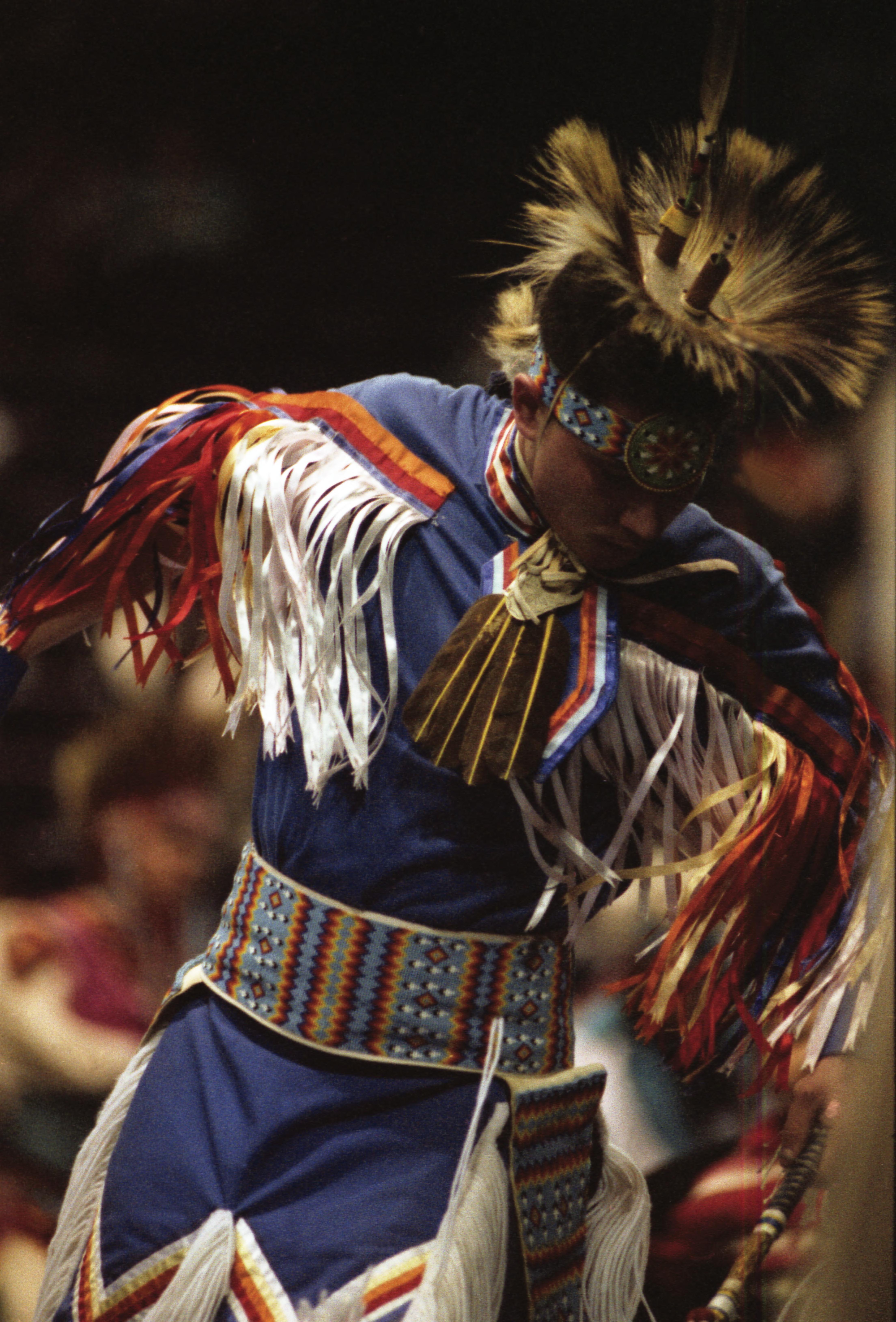
Possible research questions:
What is the Mother Earth Powwow, and what importance does it have for Anishinaabe and other Native Peoples' communities?
When was the first Mother Earth Powwow, and where are they held?
Year: 1995
Source: Michigan Daily Alumni Photographers, Bentley Historical Library, University of Michigan: https://quod.lib.umich.edu/b/bhl/x-bl022859/bl022859 University of Michigan Library Digital Collections. Accessed October 21, 2022.
Sunday School, Honor Mission

Possible research questions:
What impact did Sunday schools and boarding schools have on the culture of Native People in the nineteenth and twentieth centuries?
Were there boarding schools for Native People in Michigan? Where were they, and what do we know about them today?
Based on what you can see in this image, what do you know about this school? What more would you like to know?
Year: 1913
Source: Bentley Image Bank, Michigan Historical Collection topical photographs, Bentley Historical Library, University of Michigan: https://quod.lib.umich.edu/b/bhl/x-hs733/hs733
Monument marking the last Wyandot reservation

Possible research questions:
Who placed this monument and why?
Year (of the monument): 1926
Source: The Detroit News Photograph Collection, The Virtual Motor City Collection at the Walter P. Reuther Library, Archives of Labor and Urban Affairs, Wayne State University: https://wayne.contentdm.oclc.org/digital/collection/vmc/id/30220/rec/2
Unidentified axe head
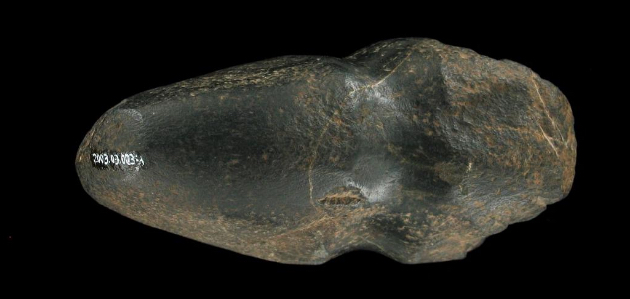
Possible research questions:
Prehistoric, Indigenous stone tools like this axe head have been found in Michigan. Where can collections of Michigan artfacts be found online and in museums?
Year: 1974
Source: Kelsey Permanent Artifact Collections, Kelsey Museum of Archaeology, University of Michigan: https://quod.lib.umich.edu/k/kelsey/x-2003.03.0034/2003_03_0034p02.tif
Russell Means, director of the American Indian Movement
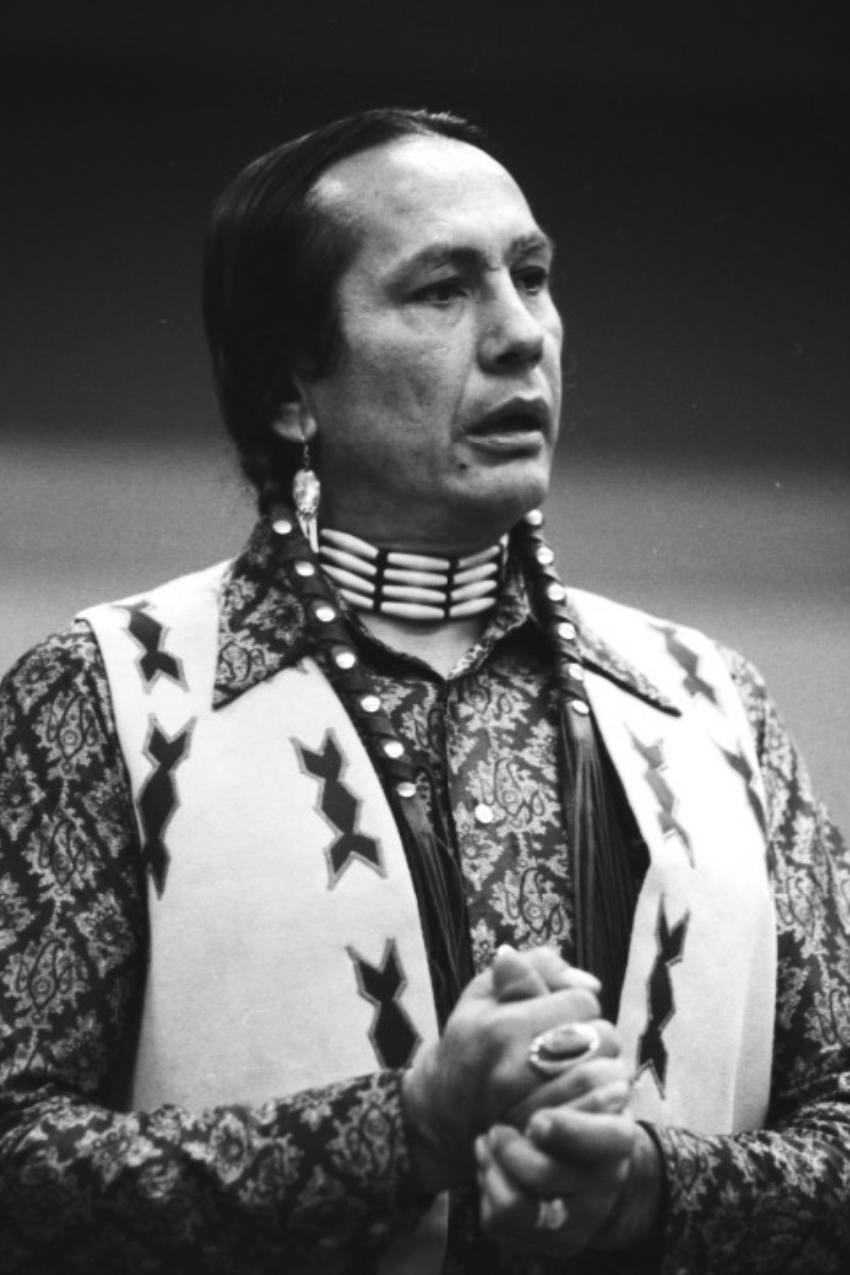
Possible research questions:
When and why was the American Indian Movement founded? What are some of its goals?
Who is Russell Means, and what has he said about the experience of Native People in recent years?
Year: unknown
Source: The Detroit News Photograph Collection, The Virtual Motor City Collection at the Walter P. Reuther Library, Archives of Labor and Urban Affairs, Wayne State University: https://wayne.contentdm.oclc.org/digital/collection/vmc/id/22374/rec/3
Clyde Bellecourt and Angela Davis at Cobo Hall rally in Detroit
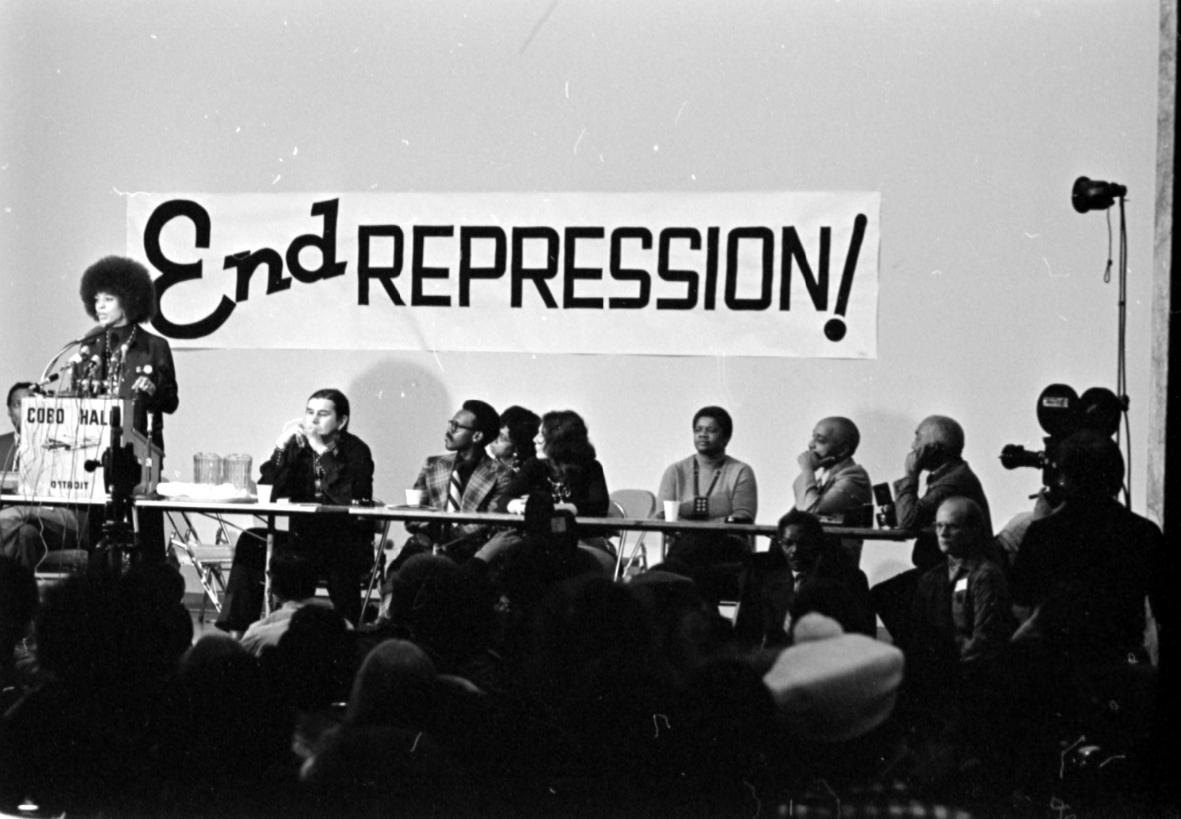
Possible research questions:
Who is Angela Davis, and who is Clyde Bellecourt? Why do you think they would be speaking together?
What can you see in this picture that gives you a clue about the intended audience for these speeches? [Hint: look at the far right of the picture.]
Year: 1974
Source: The Detroit News Photograph Collection, The Virtual Motor City Collection at the Walter P. Reuther Library, Archives of Labor and Urban Affairs, Wayne State University: https://wayne.contentdm.oclc.org/digital/collection/vmc/id/7935/rec/1
Saturday class held at Franklin Elementary School
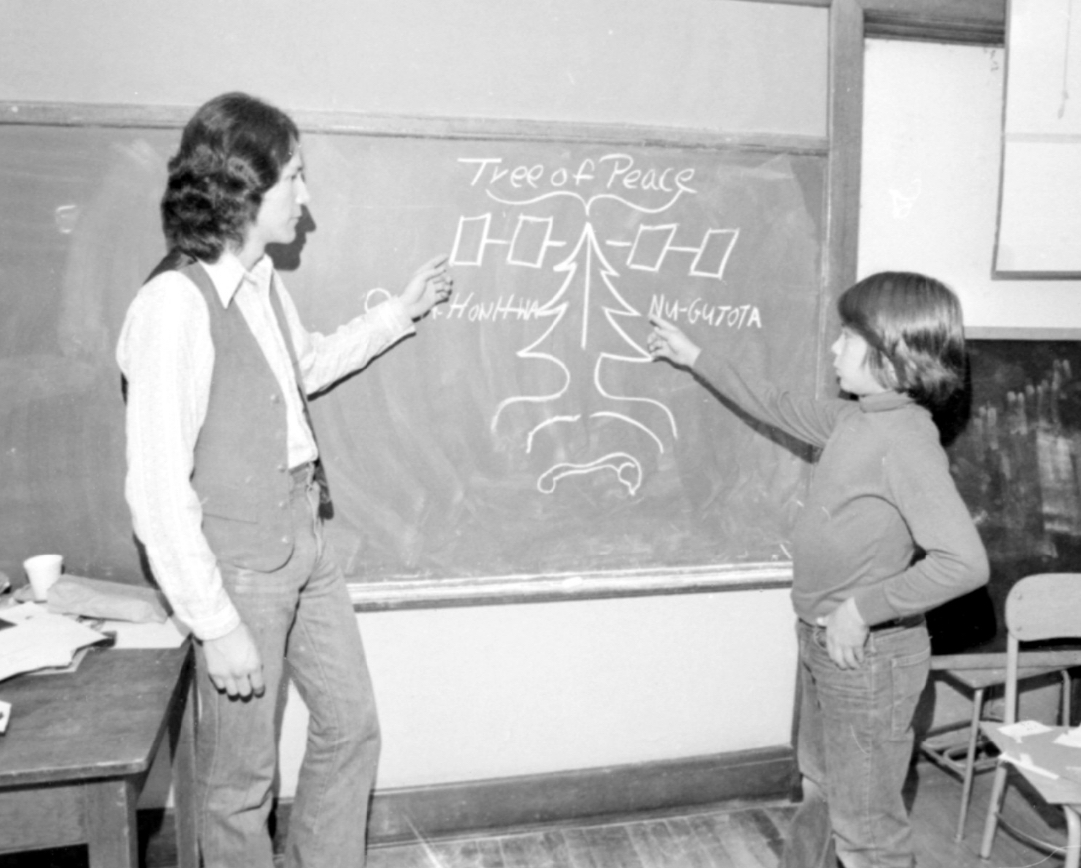
Note: The classes were offered in many places throughout Michigan and taught Native language, arts, and dance. They also gave students help with math and reading.
Possible research questions:
Why would a group of people feel a need for additional cultural education?
Does this program still exist? How could you find out?
Year: 1970s
Source: The Detroit News Photograph Collection, The Virtual Motor City Collection at the Walter P. Reuther Library, Archives of Labor and Urban Affairs, Wayne State University: https://wayne.contentdm.oclc.org/digital/collection/vmc/id/25906/rec/3
Homecoming of the Three Fires Pow Wow Program
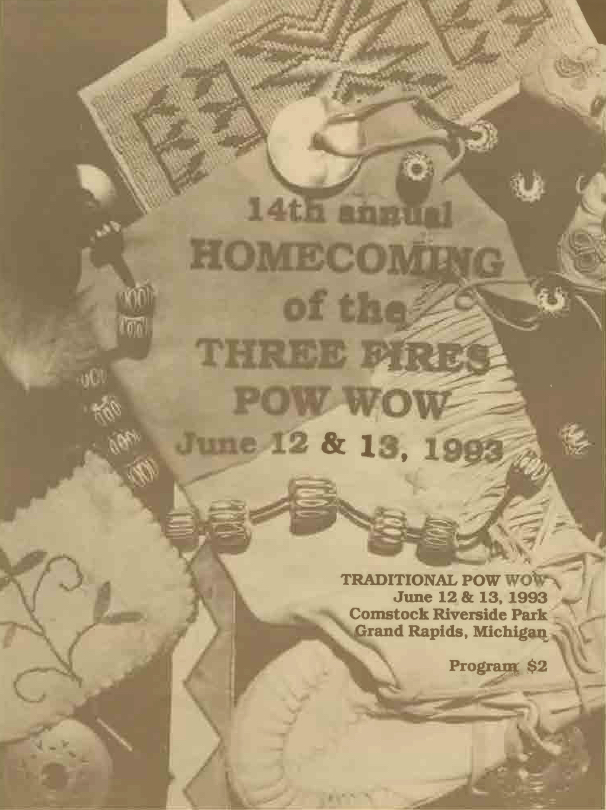
Possible research questions:
What do the images on this program cover tell you about the theme of the event?
How can you find out more about who participated and what events took place?
Year: 1993
Source: Grand Rapids Inter-Tribal Council Collection, Grand Valley State University Libraries: https://digitalcollections.library.gvsu.edu/document/2746
Note: This is a 14 page program for the event.
